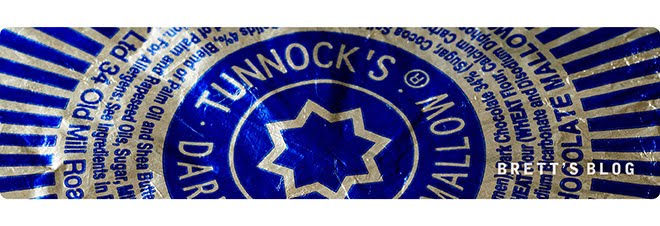
Wired reports: [edited]
For many of us, static electricity is one of the earliest encounters we have with electromagnetism, and it’s a staple of high school physics. Typically, it’s explained as a product of electrons transferred in one direction between unlike substances, like glass and wool, or a balloon and a cotton T-shirt. Different substances have a tendency to pick up either positive or negative charges, we’re often told, and the process doesn’t transfer a lot of charge, but it’s enough to cause a balloon to stick to the ceiling, or to give someone a shock on a cold, dry day.
Nearly all of that is wrong, according to a paper published in today’s issue of Science. Charges can be transferred between identical materials, all materials behave roughly the same, the charges are the product of chemical reactions, and each surface becomes a patchwork of positive and negative charges, which reach levels a thousand times higher than the surfaces’ average charge.
One possible explanation is that a material’s surface, instead of being uniform from the static perspective, is a mosaic of charge-donating and charge-receiving areas.
Kelvin force microscopy scans show that the resulting surfaces are mosaics, with areas of positive and negative charges on the order of a micrometer or less across. This process doesn’t seem to occur by transferring electrons between neighbouring areas of different charge — instead of blurring into the surroundings, peaks and valleys of charge remain distinct, but slowly decrease in size.
The reason that this produces a relatively weak charge isn’t because these peaks and valleys are small; the charge difference between them is on the order of 1,000 times larger than the average charge of the whole material. It’s just that the total area of sites with positive and negative charges are roughly equal (the two are typically within a fraction of a percent of each other). The distribution appears to be completely random.
So, what causes these charges to build up? It’s not, apparently, the transfer of electrons between the surfaces. Detailed spectroscopy of one of the polymers (PDMS) suggests that chemical reactions may be involved, as many oxidized derivatives of the polymer were detected. In addition, there is evidence that some material is transferred from one surface to another. Using separate pieces of fluorine - and silicon-containing polymers allowed the authors to show that signals consistent with the presence of fluorine were detected in the silicon sample after contact.
image via adamentmeat
------------

No comments:
Post a Comment